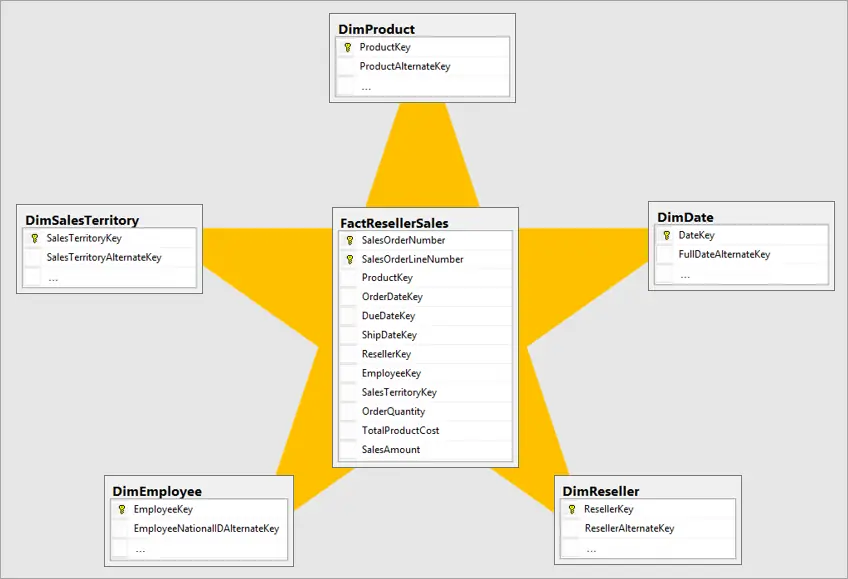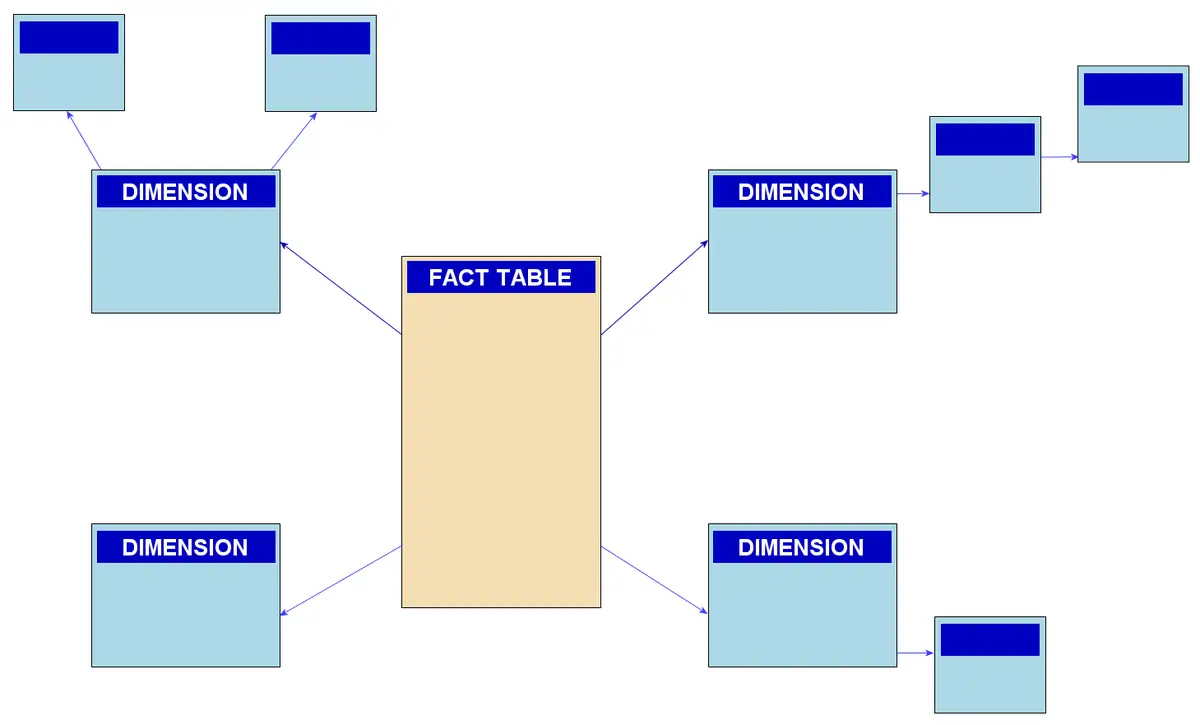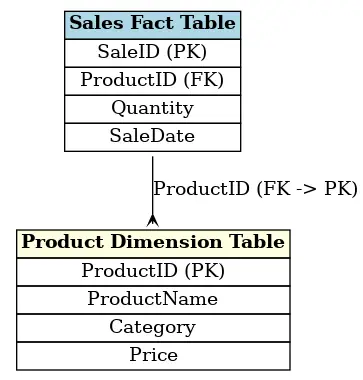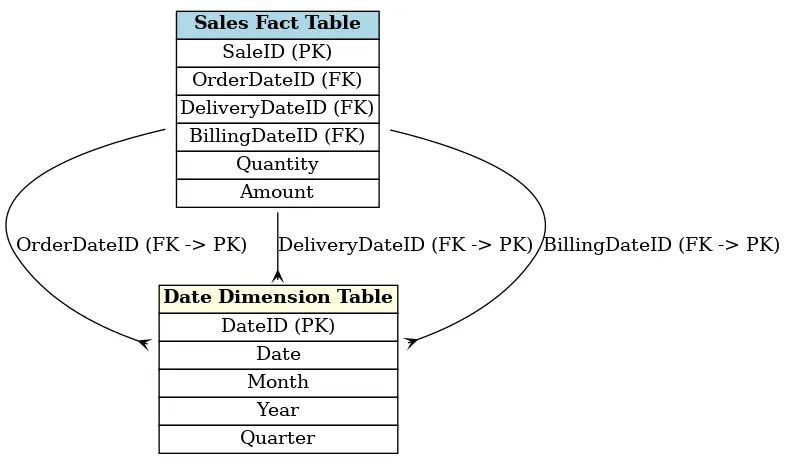In data science, and more specifically in data warehouses, the terms dimension table and fact table are essential concepts in any data model, among others, for analysis purposes.

Reminder: What is a Data Warehouse?
A data warehouse is a centralized data storage platform designed to facilitate analysis and decision-making. It consolidates data from various sources and organizes it in a manner that supports fast and efficient analysis. Unlike operational databases, a data warehouse is optimized for historical data analysis, thus providing a comprehensive view of past and current performance.
What is a Dimension Table?
A dimension is a table that stores qualitative attributes of a key element within the business process. These attributes serve to describe numerical facts, which are recorded in the fact tables.
Dimensions thus offer context for quantitative measures. They provide details about events, such as who made a sale, when, where, or to which product the sale was made.
These attributes can include items like the product, date, customer, or even location. Dimension tables are structured to make data analysis intuitive, thus making it easier to comprehend fact tables, which contain quantitative measures.
Types of Schemas Used
There are several models for organizing fact and dimension tables, including star schemas and snowflake schemas.

Star Schema
This schema type is the simplest and most commonly employed in data warehousing. Here, fact tables are positioned at the center and linked to the surrounding dimension tables, forming a star-shaped structure. This configuration facilitates data analysis due to the clear and uncomplicated table relationships. It is generally the preferred approach where feasible.

Snowflake Schema
The snowflake schema is an extension of the star schema, where dimension tables are normalized into multiple tiers. This signifies that the attributes of a dimension are further linked to other tables, forming a more intricate structure that resembles a snowflake. This approach reduces data redundancy but increases the complexity of the queries.
Primary Keys and Foreign Keys
In a dimensional model, dimension tables have a primary key that uniquely identifies each row. This primary key is subsequently used in the foreign key of the fact table to establish a relationship between the tables.
For instance, a sales fact table might include a “ProductID” column that serves as a foreign key pointing to the primary key of the product dimension table. These relationships allow data from different tables to be combined for rich and detailed analyses.

Role-Playing Dimensions
Some dimensions can assume different roles within the data model. For example, a date dimension can represent order date, delivery date, or billing date. These are referred to as role-playing dimensions. This approach prevents data duplication by utilizing a single dimension for various purposes.

Slowly Changing Dimensions (SCD)
Dimensions can evolve over time, necessitating the tracking of these changes within the data warehouse. For example, a customer may update their address. These changes must be managed to understand when these modifications occurred and how they impacted the facts.
Slowly changing dimensions (SCD) enable the management of these types of variations. There are several types, including:
- Type 1: The change simply overwrites the old value.
- Type 2: A new row is added for each change, preserving history.
- Type 3: A new column is added to keep the previous value.
The Importance of Dimensions in Data Analysis
Dimensions transform numerical values into actionable information. They help answer strategic questions in the context of a business process, such as:
- Which product is the best-selling?
- Who are our top customers?
- What time of year is the most profitable?
By using relevant dimensions like product, date, or customer, analysts can segment sales or production data to gain a more accurate perspective of the company’s performance. This association between facts and dimensions enables informed data analysis.
Conclusion
Dimensions are crucial in a data warehouse and should not be underestimated, as they help provide meaning to the quantitative data contained in the fact tables. By organizing data using star or snowflake schemas, employing primary and foreign keys, and leveraging role-playing dimensions, a data warehouse can offer a solid foundation for comprehensive data analysis.










